In central Italy, nestled in the green rolling hills of Umbria, is a town called Bastardo – “Bastard”. Yes, really.
If you were in Umbria at any time in the last two millennia, travelling north on the original route of the Via Flaminia, the old military road from Rome to Ravenna, at some point you would have to cross from west to east from the Middle Tiber Valley to the Valle Umbra.
The two valleys run north-south, and are separated by a range of hills called the Colli Martani. In the south, near Terni, the hills are high and steep and appropriately enough known as the Monti Martani. Only about halfway up, a bit north of Carsulae, do the mountains descend into hills and form a saddle which wheeled traffic and marching legions might have crossed without major delays.
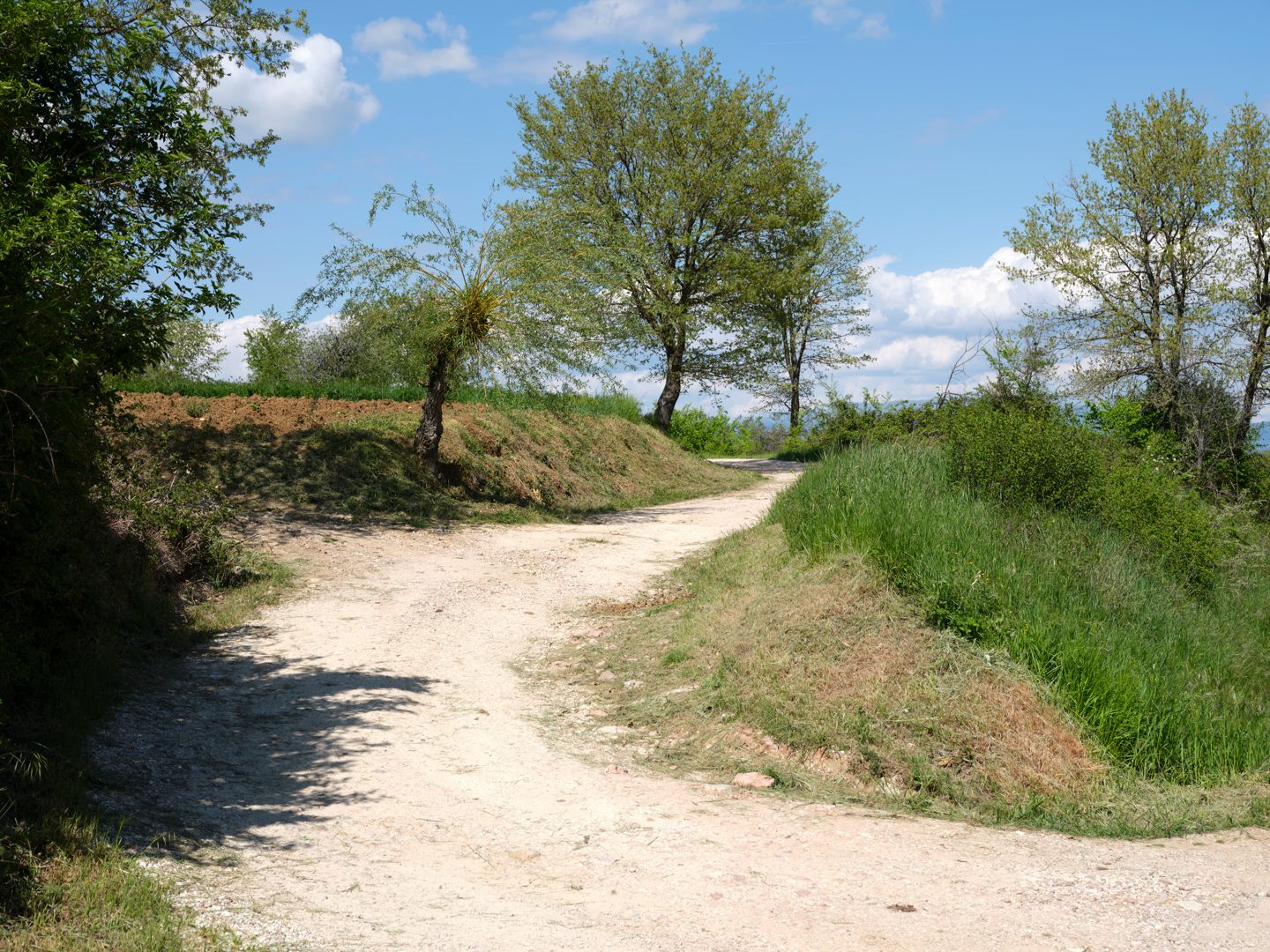
So that’s where the Roman military engineers put the road, and where generations of travellers followed. And while today the heavy traffic thunders along either the E45 or SS3 motorways, around here the route of the old Roman road is mostly followed by the modest (and badly pot-holed) Strada Regionale 316.
The empire fell, the legions demobilised for ever, and for hundreds of years the only marching feet on the road were those of invaders – Goths, Vandals, Lombards, Byzantines, Germans, French and Austrians. And French and Germans again.
But there were still the tramping feet of pilgrims, and the plodding hooves and rumbling cart wheels of trade. And so it was that three or four hundred years ago an entrepreneurial person of uncertain parentage decided to open a coaching inn and stables at a crossroads. If that innkeeper’s name and the name of his inn are known then I have been unable to find them. But in any case it seems that everyone just called it Osteria del Bastardo, or “Inn of the Bastard”.
In time, other businesses and dwellings sprang up around the inn. These days it is a town which clearly makes a decent living from servicing the agricultural area round about.
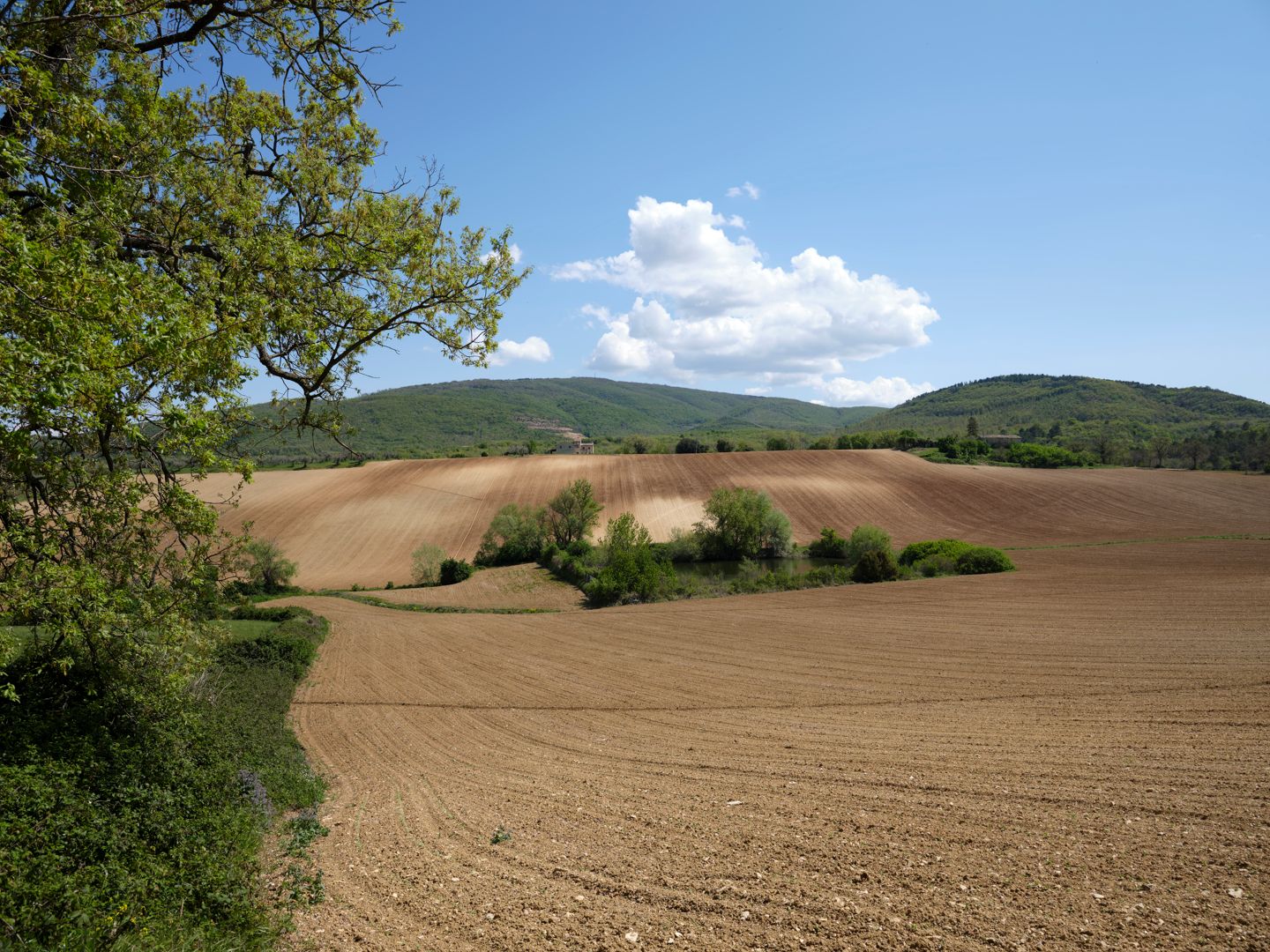
Around the outskirts are businesses which look as if they would be able to sell you a piece of farm machinery, or repair it, and as you approach the town you are likely to get stuck behind a huge tractor towing a complicated-looking piece of farm equipment. In line with its comparatively recent origins, there do not seem to be any particularly old buildings in town. There is a baroque-style church at the eastern end of the town, but it is built of rather modern-looking bricks (by “modern”, I mean some time in the last three hundred years).
In the 1920s, somehow the Osteria bit was dropped, and the officially-gazetted name of the town is now simply “Bastardo”.
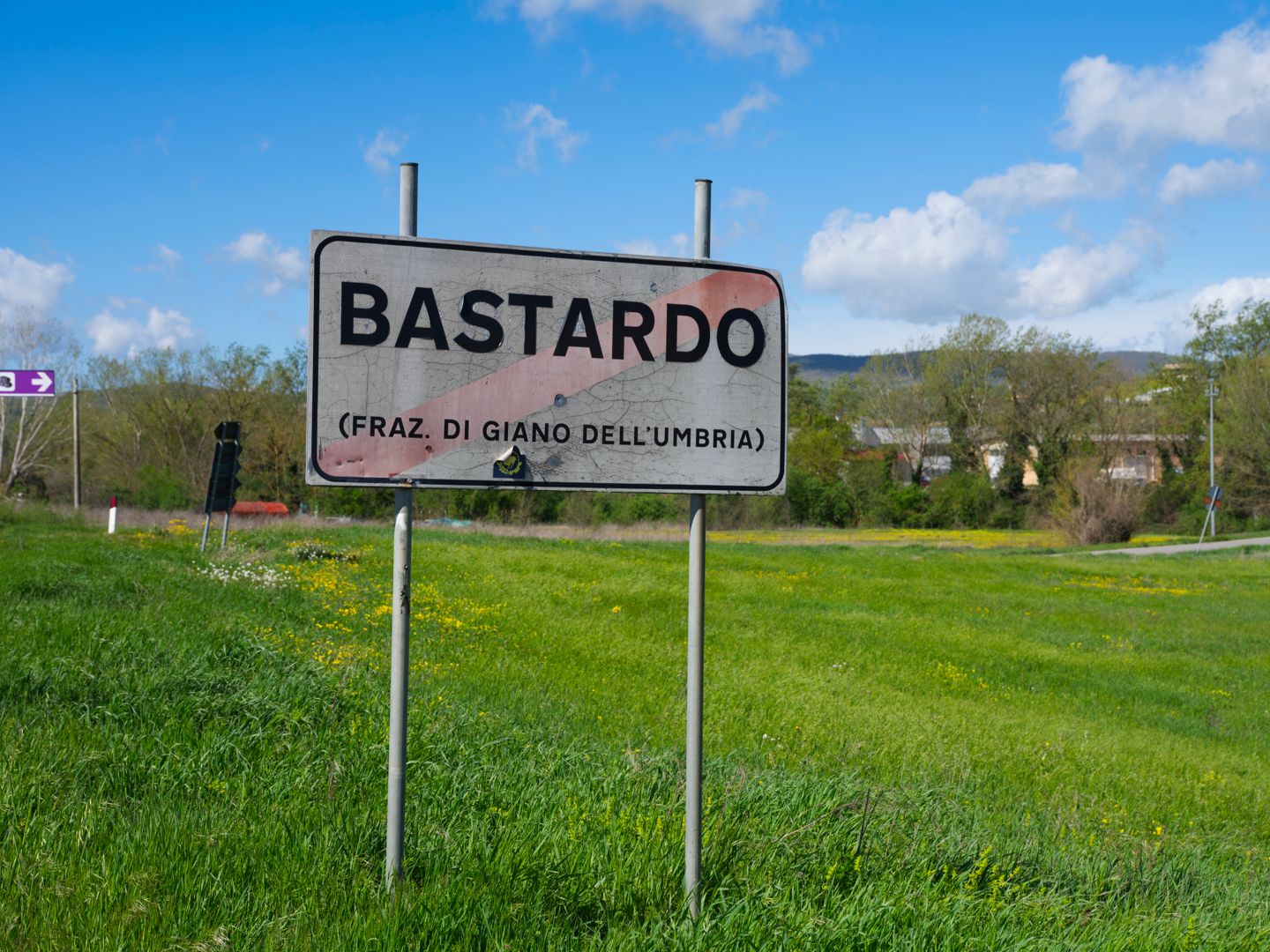
Approaching it from the south the SR 316 does a bit of a dog-leg, but there is a narrow, perfectly straight lane that cuts the corner, and which I was delighted to see is called Via Flaminia Vecchia (the Old Via Flaminia).
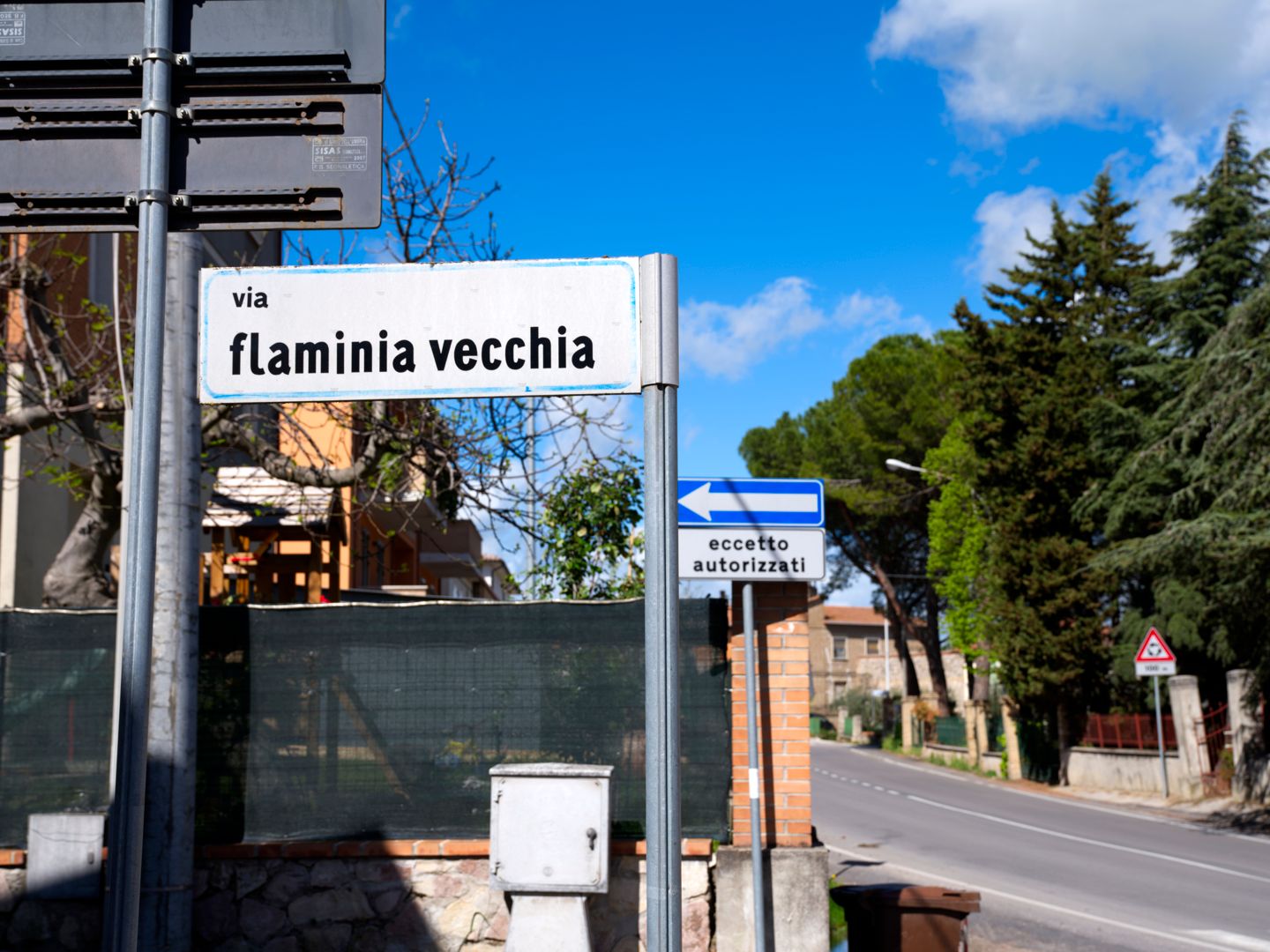
I have not been able to identify the site of the original inn, but it was presumably near the main crossroads, and there is a “Hotel Bar Dany” there which, although occupying a building from the 1960s or 70s, is at the very least a spiritual successor to the Osteria del Bastardo. I suppose I could have gone in and asked if Dany was descended from the original bastard, but there would have been too much potential for misunderstanding.

The Colli Martani around here are attractive and gently rolling, mostly covered in grapevines and olive trees. The wines are pleasant enough and good value, and DOC status has been granted to wines made from locally-grown Sangiovese, Grechetto, Trebbiano and Vernaccia grapes. One enterprising winemaker has called his wine Rosso Bastardo, and while its claims to worldwide fame are probably a bit overstated, I’m sure something called “Bastard Red” would sell all right in Australia.
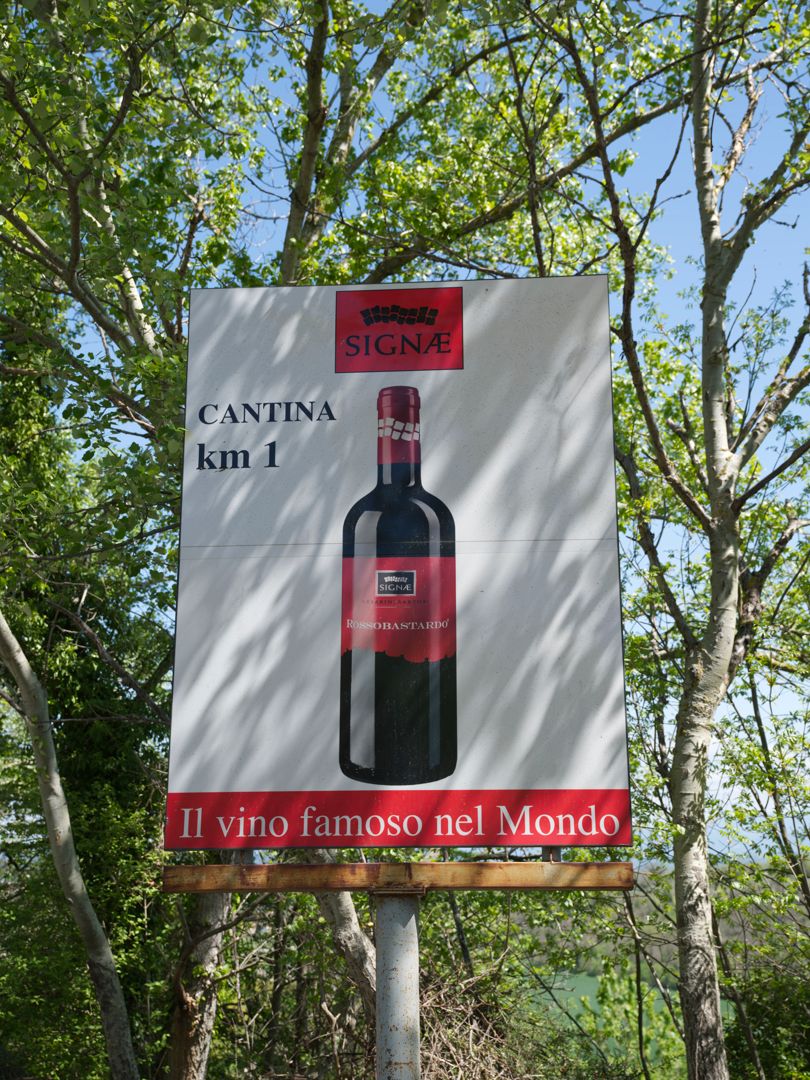
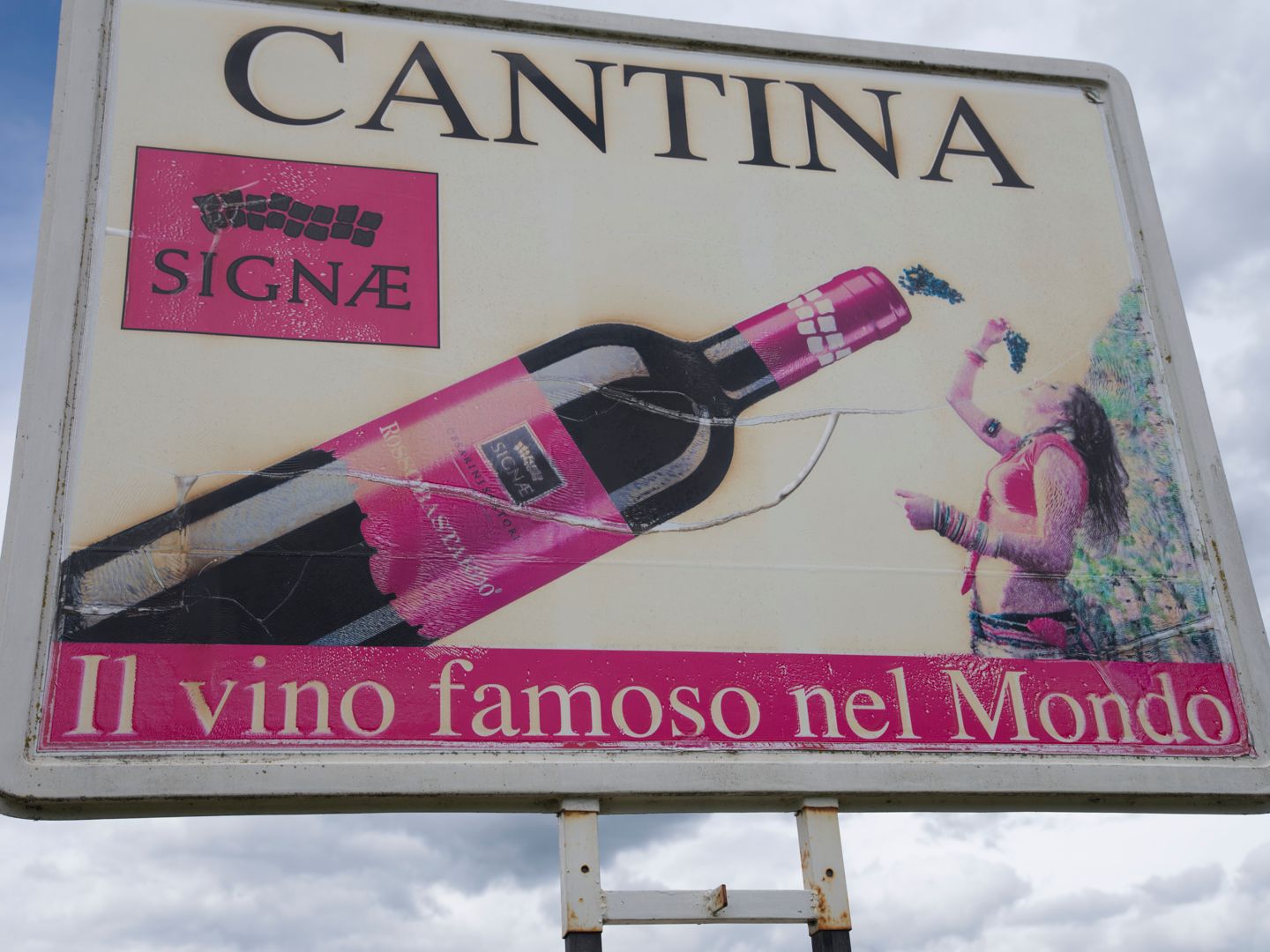
Apparently every now and then some high-minded citizens try to build support for renaming the town to something a bit more dignified, but these efforts have never quite succeeded, and so it remains a town called “Bastard”.
